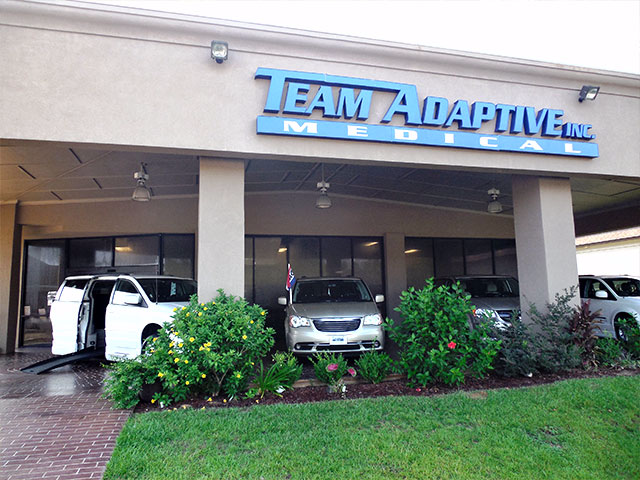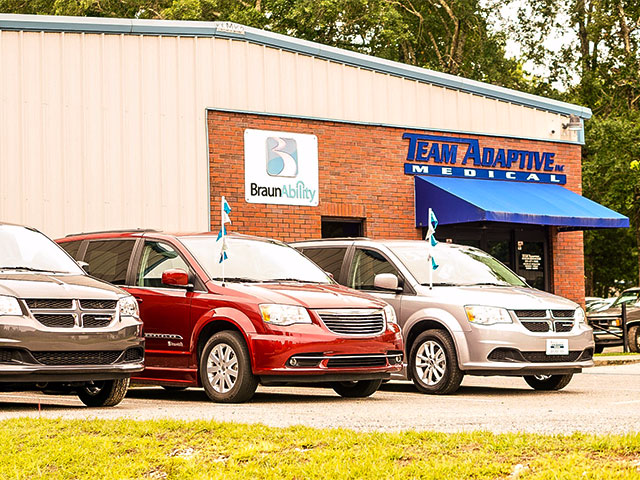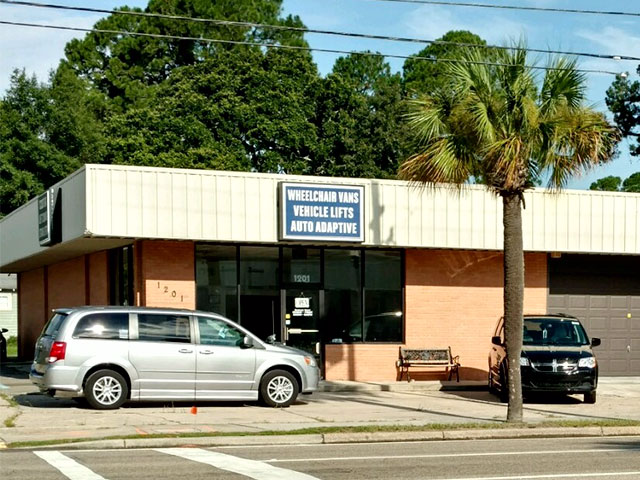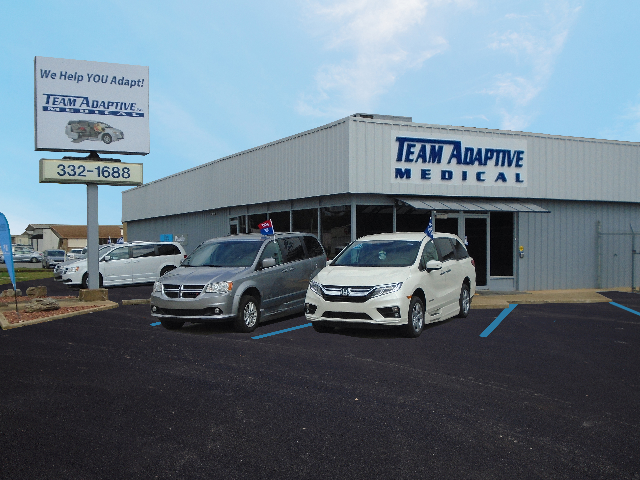
Challenges Faced by Buyers of Wheelchair Lifts
The increasing demand for wheelchair lifts has transformed the accessibility landscape, particularly in residential and commercial settings. According to a report by the National Association of Elevator Contractors, the wheelchair lift market is projected to grow by 6.5% annually over the next five years, driven by an aging population and heightened awareness of disability rights. This growth highlights the pressing need for effective solutions that cater to individuals with mobility challenges, yet buyers often encounter significant hurdles in their purchasing journey.
Despite the favorable market conditions, the process of selecting the right wheelchair lift can be fraught with complexities. Factors such as compliance with local building codes, varying installation requirements, and the need for customization can overwhelm potential buyers. Moreover, a study by the Rehabilitation Engineering and Assistive Technology Society indicates that many consumers are unaware of the full spectrum of options available to them, leading to suboptimal purchasing decisions. Understanding these challenges is crucial for making informed choices that ensure the safety and comfort of wheelchair users.
Understanding the Market Demand for Wheelchair Lifts: Key Statistics and Trends
The demand for wheelchair lifts has grown significantly in recent years, driven by an increasing awareness of the importance of accessibility for individuals with mobility challenges. Key statistics reveal that nearly 1 in 5 individuals in the U.S. has some form of disability, highlighting the necessity for home and public accessibility options. As more families seek to accommodate elderly relatives or those with disabilities, the wheelchair lift market is expanding, resulting in a diverse range of products designed to meet varying needs.
Trends indicate a shift toward innovative designs and smart technology integration in wheelchair lifts. Manufacturers are focusing on enhancing user experience by incorporating advanced features such as remote operation, safety sensors, and aesthetically pleasing designs that blend seamlessly with home decor. Additionally, the rise in government regulations promoting accessibility standards is fostering market growth, encouraging businesses and homeowners alike to invest in quality wheelchair lift solutions. The convergence of technology and user-centric design showcases an evolving industry poised to meet the needs of its consumers effectively.
Challenges Faced by Buyers of Wheelchair Lifts - Understanding the Market Demand for Wheelchair Lifts: Key Statistics and Trends
| Challenge | Percentage of Buyers Affected | Market Growth Rate (2023) | Average Cost (USD) |
|---|---|---|---|
| High Initial Costs | 35% | 5% | $5,000 |
| Limited Awareness | 30% | 6% | $4,800 |
| Diverse Product Options | 25% | 4% | $6,000 |
| Regulatory Compliance | 15% | 7% | $5,500 |
Common Misconceptions About Wheelchair Lifts and Their Impact on Buyer Decisions
When considering the purchase of a wheelchair lift, many potential buyers hold misconceptions that can significantly influence their decision-making process. One common misbelief is that wheelchair lifts are only necessary for those with severe mobility issues. In reality, these devices can benefit a wide range of users, including individuals who may have temporary mobility challenges or those who simply want to enhance their accessibility at home.
Another prevalent misconception is that wheelchair lifts are too costly and not worth the investment. While it’s true that initial costs can be high, buyers often overlook the long-term benefits of increased independence and convenience. Moreover, many modern wheelchair lifts are more affordable than in the past, thanks to advances in technology and design, which have also led to enhanced reliability and efficiency. This perception of high costs can prevent buyers from recognizing the value these lifts bring to their daily lives.
Furthermore, potential buyers might underestimate the variety of options available, believing there is only one standard type of wheelchair lift. However, there are numerous models tailored to different spaces and needs, from vertical platform lifts to incline lifts. This variety allows buyers to find a solution that best fits their specific circumstances. A clearer understanding of these factors can empower buyers to make more informed decisions and ultimately improve their quality of life.
Navigating Regulatory Compliance: Standards and Guidelines for Wheelchair Lifts
Navigating the regulatory landscape for wheelchair lifts is essential for buyers, as adherence to standards and guidelines ensures not only safety but also compliance with legal requirements. The American National Standards Institute (ANSI) and the American Society of Mechanical Engineers (ASME) set forth several key standards that govern the design and installation of wheelchair lifts. According to the ASME A18.1 standard, wheelchair lifts must undergo rigorous testing and meet specific performance criteria to guarantee they can safely accommodate users with varying needs.
Additionally, buyers must consider local building codes and accessibility regulations, such as the Americans with Disabilities Act (ADA). Compliance with the ADA mandates that wheelchair lifts must be accessible and user-friendly, providing clear passages for individuals with disabilities. Studies indicate that approximately 23% of American adults have a disability, highlighting the critical need for compliant and safe mobility solutions in both public and private spaces. Ensuring that wheelchair lifts meet these standards not only supports widespread accessibility but also mitigates liability risks for buyers and building owners.
Furthermore, as the market for wheelchair lifts grows, manufacturers increasingly focus on innovative features that enhance safety and usability. For instance, lifts equipped with anti-slip surfaces and automatic locking mechanisms are becoming standard as they align with regulatory recommendations. Buyers are encouraged to consult with experts in the field to ensure that their selections comply with the latest standards and guidelines while also considering the specific needs of their user base. Such diligence can lead to improved mobility options for individuals with disabilities, fostering greater independence and accessibility in everyday life.
Challenges Faced by Buyers of Wheelchair Lifts
This pie chart illustrates the common challenges faced by buyers of wheelchair lifts in navigating regulatory compliance, showcasing the distribution of these challenges among various categories.
Assessing Installation Challenges: Space, Site Conditions, and Accessibility Requirements
When considering the installation challenges of wheelchair lifts, various factors come into play that can significantly impact the success of the project. One of the primary challenges is the physical space available for installation. According to the National Institute on Disability, Independent Living, and Rehabilitation Research, over 30% of American homes are not suitable for accommodating mobility devices due to inadequate structural support or limited door widths. This often leads to the necessity of extensive modifications, increasing not only costs but also project timelines.
Site conditions further complicate the installation process. Properties with steep inclines or uneven surfaces may require additional engineering assessments to ensure that the lift can be safely and effectively installed. The Americans with Disabilities Act (ADA) outlines specific guidelines for accessibility, but homeowners might face obstacles due to pre-existing conditions of their property. In fact, data from the Rehabilitation Engineering and Assistive Technology Society of North America indicates that a substantial number of installations exceed initial estimates because of unforeseen site challenges.
Finally, compliance with accessibility requirements is a critical factor in the installation of wheelchair lifts. Local building codes may impose additional regulations that must be adhered to, complicating the installation process. Reports suggest that non-compliance can lead to significant financial repercussions or project delays. Thus, understanding and planning for these challenges is crucial for buyers seeking to enhance accessibility and mobility within their premises.
Long-Term Maintenance Considerations: Costs and Service Availability for Buyers
When it comes to purchasing wheelchair lifts, long-term maintenance considerations weigh heavily on buyers’ minds. A report from the National Mobility Equipment Dealers Association (NMEDA) reveals that ongoing maintenance can account for 10% to 15% of the initial purchase price over the lifespan of the lift. This percentage is crucial for buyers to consider, as it underscores the necessity of budgeting not just for the upfront cost but also for regular servicing and potential repairs.
The availability of service providers to handle maintenance is another challenge that buyers often face. According to a survey by Mobility Management magazine, about 30% of respondents reported difficulties in finding qualified technicians for repairs and servicing. Geographic location can significantly impact service availability, especially in rural areas where specialized service centers may be limited. This variance often results in longer wait times for repairs, leading to potential accessibility challenges for users.
Moreover, buyers should also consider the type of lift, as different models come with varying maintenance requirements. Hydraulic lifts, for instance, may need more frequent checks compared to electric models, with maintenance schedules suggesting quarterly inspections for optimal performance. A breakdown of these maintenance needs reveals that understanding the specific requirements of each model is crucial for ensuring safety and reliability over time. Therefore, prospective buyers must do their research and potentially consult with industry experts to make informed decisions that will serve their long-term needs.












